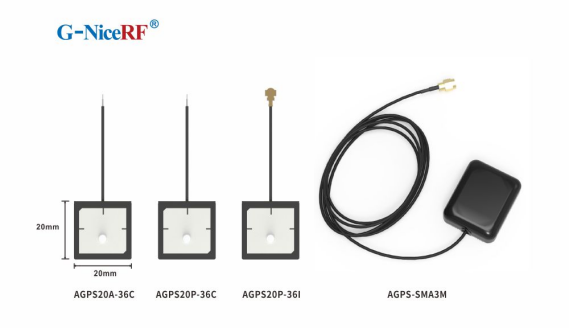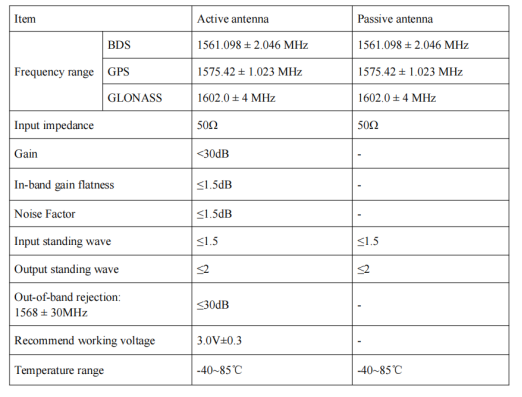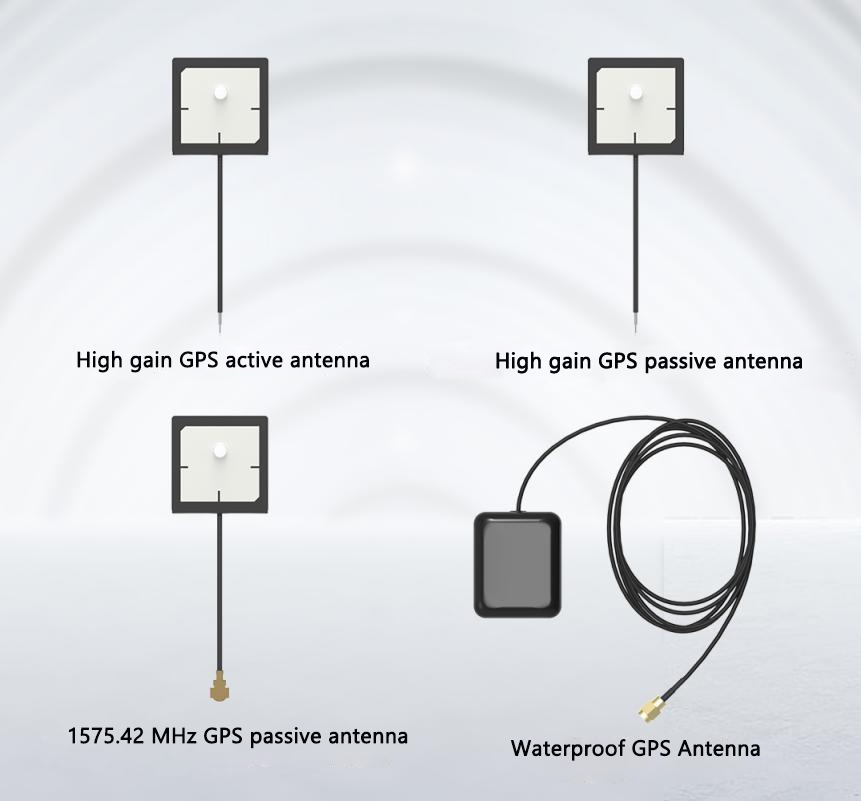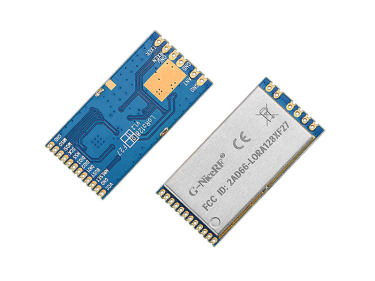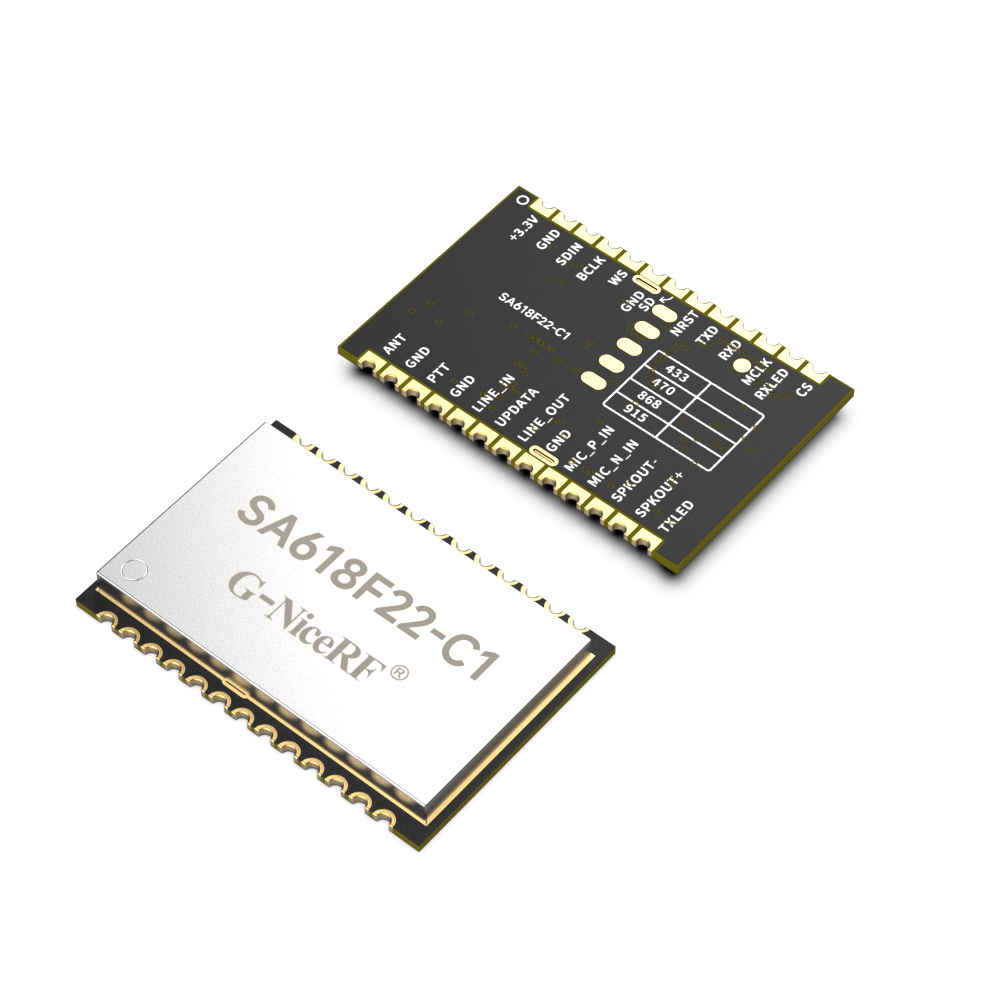Selecting the Right GPS Beidou Positioning Antenna – Tips and Performance Comparison
Multi-system Compatibility: Ensure that the antenna can receive not only BeiDou signals but also signals from other GNSS systems (such as GPS, GLONASS, and Galileo) to enhance positioning accuracy and reliability.
Signal Frequency Selection: Choose the appropriate signal frequency band based on application requirements. The BeiDou system offers multiple frequency bands (such as B1, B2, B3), and different frequency bands may perform differently in various environments.
Antenna Gain: Choose an antenna with appropriate gain. High-gain antennas are suitable for scenarios requiring long-distance or high-precision positioning but may introduce more interference in strong signal environments.
Interference Sources: Stay away from strong electromagnetic interference sources, such as high-power radio transmission equipment and electric motors. Interference sources can introduce noise into the signals received by the antenna, affecting positioning accuracy.
Antenna Orientation: Ensure that the antenna is facing the sky and remains vertically upright. The orientation of the antenna directly affects signal reception quality, and incorrect orientation may lead to unstable signal reception.
Cold Start, Warm Start, and Hot Start Methods for GPS Module
Cold Start refers to restarting the GPS receiver from a completely powered-off state or after it has not been used for an extended period. The receiver needs to search for and lock onto satellite signals from scratch.
Warm Start refers to restarting the GPS receiver near the last shutdown location, with the time elapsed since the last positioning not exceeding a certain threshold (usually within a few
hours).
Hot Start refers to restarting the GPS receiver near the last shutdown location, with the time elapsed since the last positioning being very short (usually not exceeding a few minutes).
This start method involves some pre-start preparations, such as saving and closing necessary data through software, before restarting.
The NiceRF GPS multi-mode satellite positioning and navigation BeiDou module has a cold start acquisition sensitivity of up to -148dBm, allowing the receiver to capture satellite signals from a completely powered-off state without any prior assistance data. The tracking sensitivity reaches up to -162dBm, enabling the receiver to maintain the ability to track these signals even after they have been captured and locked, even if the signals are very weak.
The difference between an active GPS antenna and a passive GPS antenna
An active GPS antenna requires an external power supply to provide the necessary power for the antenna amplifier. The active GPS antenna integrates an amplifier within the antenna itself, which can enhance the reception sensitivity and stability of satellite signals, thereby improving positioning accuracy. Active GPS antennas are usually more complex than passive antennas but perform better in applications requiring higher performance. They are therefore suitable for use in environments with weak signals or where long-distance transmission is needed.
A passive GPS antenna does not require an external power supply to receive satellite signals. It primarily consists of antenna elements and an antenna amplifier to receive and amplify the weak signals from satellites. Passive GPS antennas are typically smaller in size and have lower power consumption, making them suitable for situations where antenna performance requirements are not very high.
How to distinguish between an active GPS antenna and a passive GPS antenna
Appearance Features: An active GPS antenna is usually larger than a passive GPS antenna because it needs to accommodate amplifiers and other electronic components. A passive GPS antenna is relatively simpler and smaller in size.
Interface Design: An active GPS antenna typically requires an external power cable, while a passive GPS antenna only needs to connect to a signal cable.
Performance: An active GPS antenna generally outperforms a passive GPS antenna in terms of signal reception sensitivity and interference resistance, making it suitable for applications that require high positioning accuracy.
Application
A passive GPS antenna is suitable for applications with low antenna performance requirements, such as car navigation systems and smartwatches.
An active GPS antenna is suitable for scenarios requiring high positioning accuracy or environments with weak signals and significant interference, such as precision agriculture and aerospace.
Types of NiceRF GPS BeiDou Positioning Antennas
AGPS20A-36C : High gain GPS active antenna
AGPS20A-36C is a built-in active antenna specially designed for GPS L1 and BD2 B1. The antenna consists of ceramic antenna and RF coaxial cable.
AGPS20P-36I : 1575.42 MHz GPS passive antenna
AGPS20P-36I is a 1575.42 MHz GPS passive antenna designed for GPSL1 frequency bands and Glonass frequency bands. It can be widely used in car navigation, positioning tracking, security equipment, driving recorder and other occasions. The antenna consists of microwave ceramic dielectric antenna and RF coaxial cable. The antenna has the characteristics of high gain and wide main lobe beam.
AGPS20P-36C : High gain GPS passive antenna
AGPS20P-36C is a GPS passive antenna designed for GPSL1 frequency bands and Glonass frequency bands. It can be widely used in car navigation, positioning tracking, security equipment, driving recorder and other occasions. The antenna consists of microwave ceramic dielectric antenna and RF coaxial cable. The antenna has the characteristics of high gain and wide main lobe beam.
AGPS-SMA3M : Waterproof GPS Antenna
This is a antenna specially designed for GPS frequency band , which can be widely used in vehicle navigation, positioning and tracking, security equipment, driving recorder and other occasion.
 +86-755-23080616
+86-755-23080616
 sales@nicerf.com
sales@nicerf.com
Website: https://www.nicerf.com/
Address: 309-314, 3/F, Bldg A, Hongdu business building, Zone 43, Baoan Dist, Shenzhen, China


 English
English





